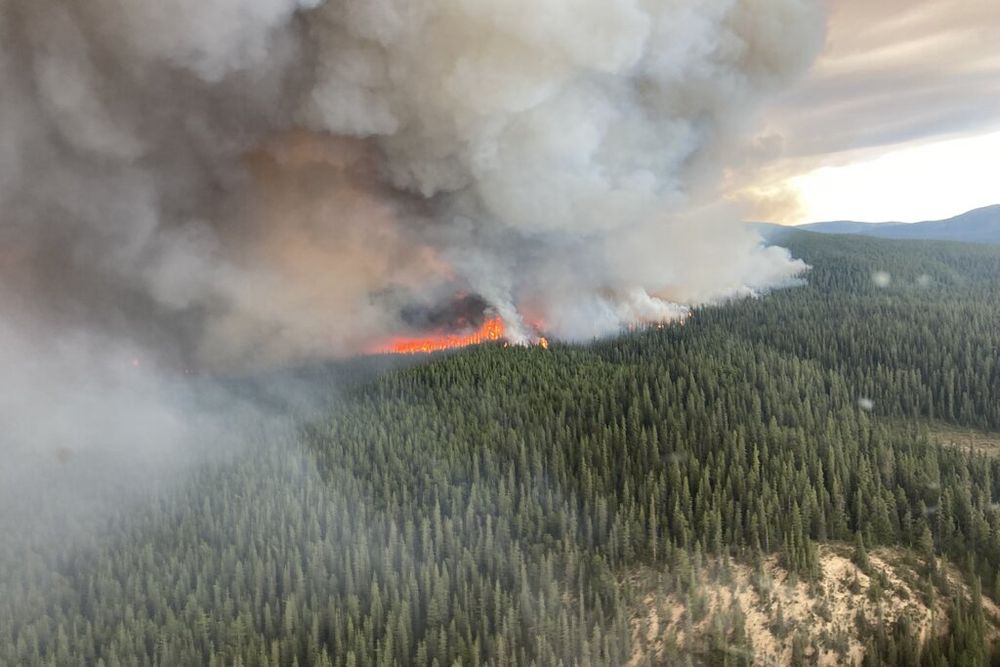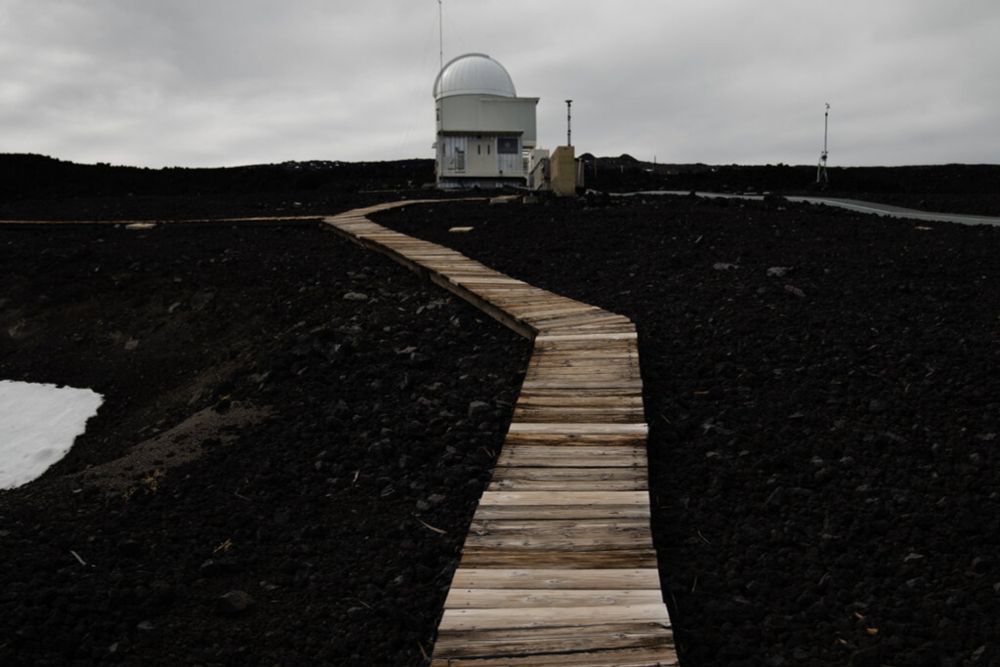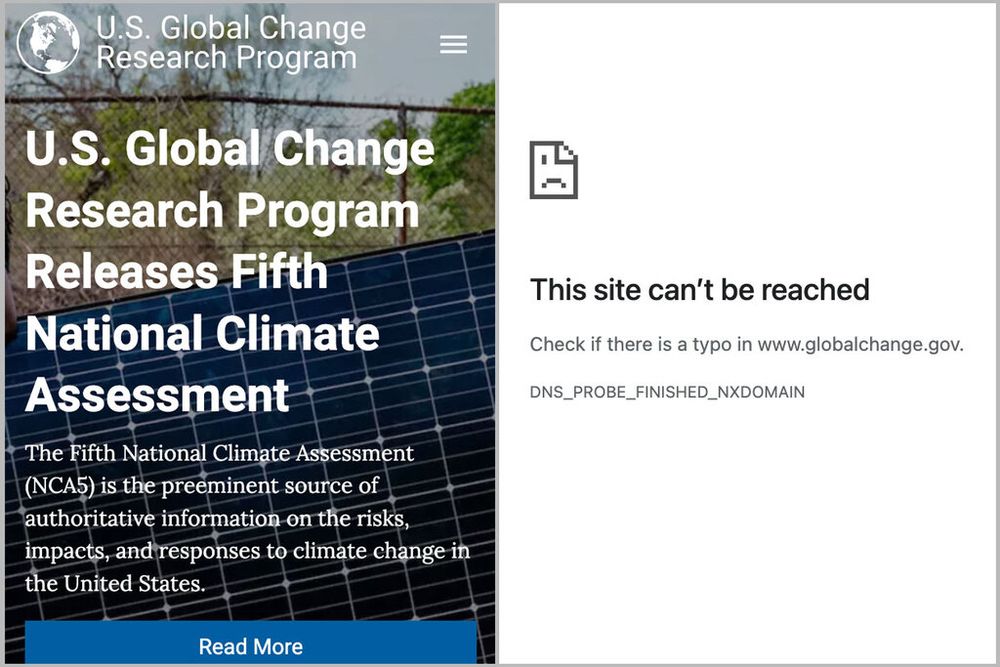Becca Dzombak
@rdzombak.bsky.social
910 followers
520 following
110 posts
science journalist | words in New York Times, National Geographic, SciAm, others | climate, conservation, geology | PhD in very old rocks
Posts
Media
Videos
Starter Packs
Becca Dzombak
@rdzombak.bsky.social
· Aug 6
Becca Dzombak
@rdzombak.bsky.social
· Aug 6
Becca Dzombak
@rdzombak.bsky.social
· Aug 6
Becca Dzombak
@rdzombak.bsky.social
· Aug 6
Becca Dzombak
@rdzombak.bsky.social
· Jul 22
Becca Dzombak
@rdzombak.bsky.social
· Jul 22
Becca Dzombak
@rdzombak.bsky.social
· Jul 22
Becca Dzombak
@rdzombak.bsky.social
· Jul 22
Becca Dzombak
@rdzombak.bsky.social
· Jul 17
Becca Dzombak
@rdzombak.bsky.social
· Jul 17
Becca Dzombak
@rdzombak.bsky.social
· Jul 17
Becca Dzombak
@rdzombak.bsky.social
· Jul 17
Becca Dzombak
@rdzombak.bsky.social
· Jul 17
Becca Dzombak
@rdzombak.bsky.social
· Jul 17
Becca Dzombak
@rdzombak.bsky.social
· Jul 17






